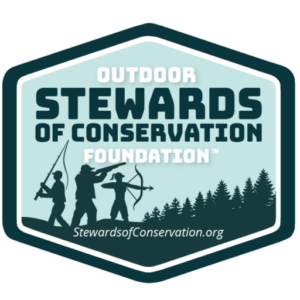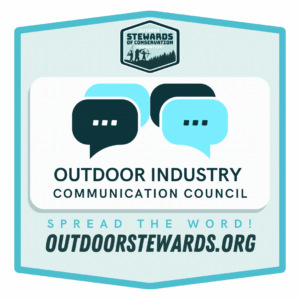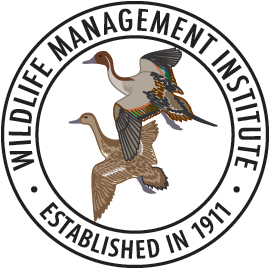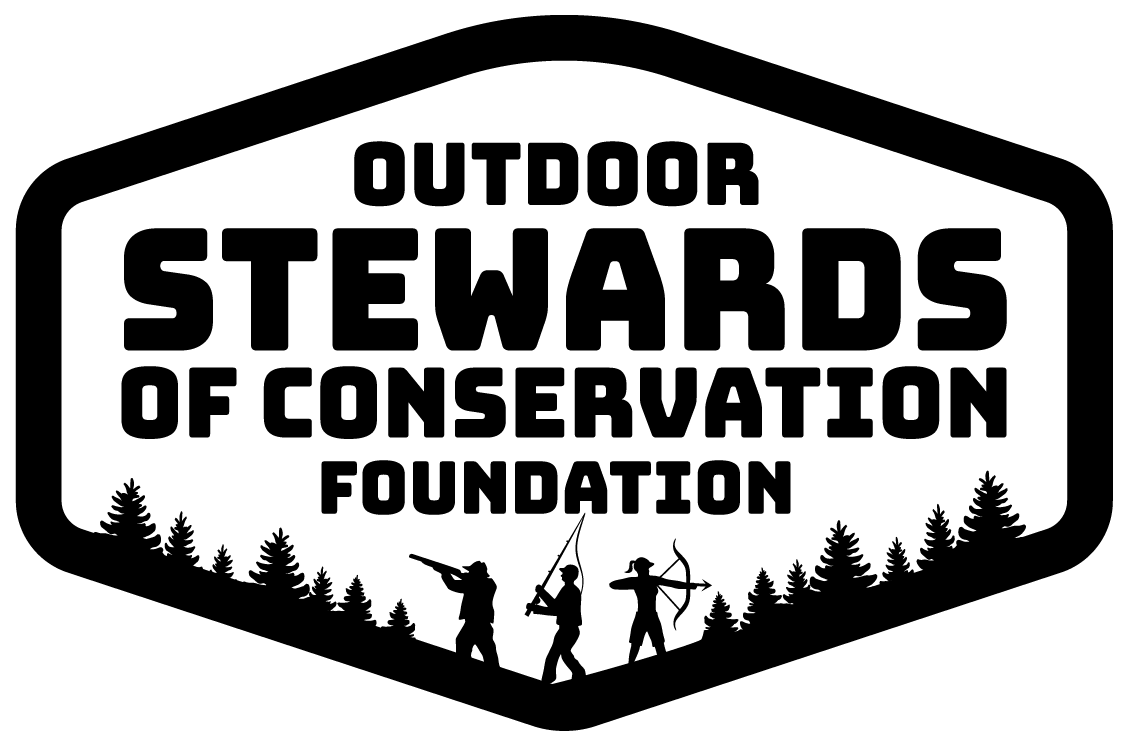


Shareable media promoting conservation from the Outdoor Industry Communication Council (OICC) – see below for more details.
Funding American Conservation, One Shotgun and Box of Ammo at a Time
I just picked up a box of Remington upland game loads, 12 gauge #6 shot, high-base ounce-and-a-quarter shells that should take me through prairie grouse season and right up to the beginning of Montana’s pheasant season in a couple weeks.
The price stung a little bit—just a few pennies shy of $30 for 25 rounds. But they’re the right shotshells for the season, and if I do my part, those lead pellets and gunpowder will produce tasty sharptail grouse cutlets for my table. If I’m lucky, I might also add a Hungarian partridge or sage grouse to my bag.
I’m shooting these shells through a Winchester 101 Light over-and-under 12 gauge shotgun, which I purchased a few years ago for just under $1,000. It’s light, points as quick and natural as my finger, and even though I’m more of a 20-gauge shooter for prairie grouse, it’s bored big enough for late-season, far-flushing roosters.
If I add the rifles I’ve purchased for my kids (and for myself) over the past decade, the mountains of ammunition we’ve shot at the range and in the field, and shotguns to be given as gifts or stored in my safe as a sort of redneck investment, then I’m easily looking at five figures for guns and ammunition over the last couple years. Please don’t tell my wife any of this.
I mention it to you because my purchases are not only a personal investment, but they contribute to wildlife habitat, new shooting ranges, and the state fish-and-game agency projects that provide more game for all of us to hunt. Your sporting goods purchases do the same thing.
Most hunters and shooters in America don’t realize that for every dollar they spend on guns and ammunition, 10 to 11 cents goes to a fund that’s used to increase and improve wildlife habitat, build and maintain shooting ranges, and improve public access to our public wildlife.
Take my box of 12-gauge grouse loads, which rounds up to $30. Three dollars and 33 cents of that purchase price doesn’t go to D&G Sports and Western, in Glasgow, Mont., where I bought the ammo. It doesn’t go to the manufacturer. It doesn’t go to the distributor, or the
warehouse, or any of the other folks who move the product along the zig-zaggy path from the production line to my shotgun.
Instead, that three bucks and change goes right to the U.S. Fish & Wildlife Service, paid by the manufacturer of the shotshells, Remington Ammunition, in my case. That money, officially called an excise tax, is combined with hundreds of thousands of dollars that Remington contributes, mixed with millions that other ammunition and gun manufacturers contribute. The same thing happens on the fishing side; every rod, reel, and spool of fishing line carries a tax that goes to improve fishing, access to water, and aquatic habitat all around the country.
The excise-tax money is deposited in an account, but it doesn’t stay there. Once a year, the U.S. Fish & Wildlife Service distributes my $3, along with more than a billion dollars worth of other tax funds, to tribes and state game agencies to manage wildlife populations, to buy or improve habitat, to improve access, and to build and improve shooting ranges.
This gun-and-ammo tax redistribution is an old idea. It dates back to the 1930s, which you might consider the darkest days of wildlife management in the United States. The country at that time was in the throes of the Great Depression. Drought gripped the West. Dust storms and forest fires raged from Kansas to California. But a group of hunters, shooters, and conservationists, along with other groups, determined that we needed a bank account that we could draw on to bring back America’s wildlife and their habitat, and the excise tax—the Pittman-Robertson Act that created the tax—dates back to 1937. Some eighty-five plus years later, we hunters and shooters are still paying that 10 to 11 percent tax, and reaping the rewards in more animals to hunt, more places to shoot, and more places to recreate. The system worked so well for wildlife that Congress passed the fishing tax in 1984.
Remember my “redneck investment” represented in my gun safe? You could consider the Pittman-Robertson Act funding mechanism as a much larger version of that. All together, we hunters, trappers and shooters invest, every time we buy a gun or a box of shells, in future opportunities to hunt and shoot. But our collective investment doesn’t stay in a safe; instead, the funds are actively used to create more healthy habitat and access and safe places to shoot.
If you add the guns I’ve purchased over the past year, and the uncountable boxes of ammunition I’ve bought to feed them—again, shush to my spouse!—I’ve contributed to raising the sea level of wildlife and shooting habitat in Montana. You have, too, in your state if you’ve bought a gun, or a bow, or a bullet, or an arrow.
You should pat yourself on the back. You’re part of the club that is actually doing something positive about funding the things we love, the deer and elk and quail and pheasants and grouse that we hunt.
Keep going. Keep buying guns. Keep buying the ammo that feeds them. Keep this self-sustaining engine of conservation going into the next generation. If your spouse questions your purchases, tell them that you’re not buying guns and ammo for yourself, but for the future.
About the Outdoor Industry Communication Council (OICC):
Formed around the commitment to educate all Americans about the origins of conservation funding in America, the Outdoor Industry Communication Council (OICC) is managed by Outdoor Stewards of Conservation Foundation (OSCF) and Wildlife Management Institute (WMI). OICC works with outdoor writers to develop informative content that is available to all outdoor organizations and media at no cost. A primary goal of the OICC is to better inform and promote the positive contributions that wildlife agencies, industry manufacturers, NGO’s and end users such as hunters, anglers, trappers and target shooters make to conservation. Outdoor organizations interested in conservation are welcome to use any OICC content to expand the reach of messages created by the OICC. To become a member of the Outdoor Industry Communication Council, contact Jim Curcuruto of OSCF (203) 450-7202 jim@stewardsofconservation.org or Jon Gassett of WMI at (502) 330-9025 jgassett@wildlifemgt.org. There are no costs involved to become a member of the OICC.
Members may utilize OICC materials as they see fit with no restrictions. For additional information visit https://www.outdoorstewards.org/outdoor-industry-communication-council-oicc/
This project is funded by the Multistate Conservation Grant Program (F23AP00404), a program supported with funds from the Wildlife and Sport Fish Restoration Program and jointly managed by the Association of Fish and Wildlife Agencies and the U.S. Fish and Wildlife Service.
